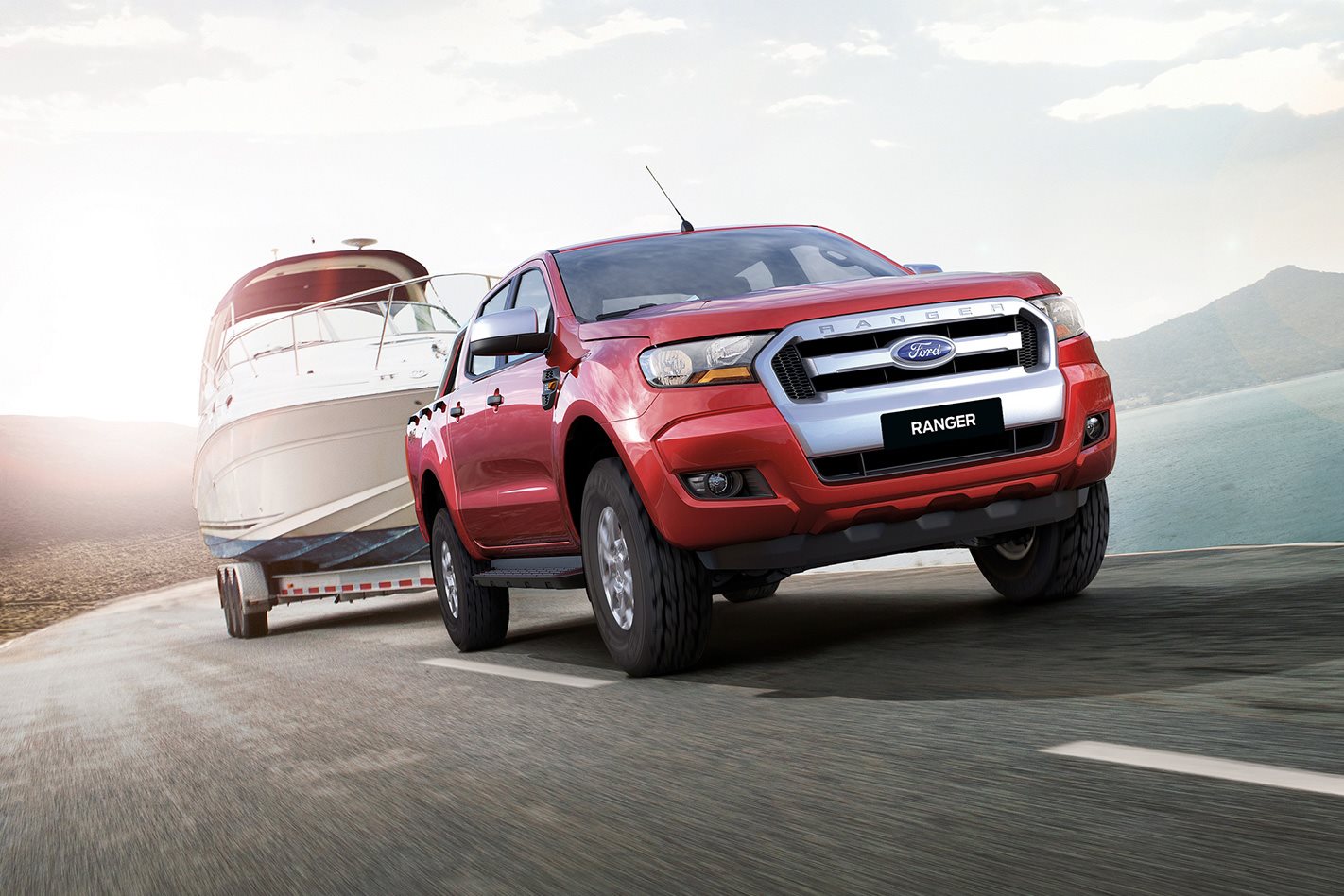
Most 4x4s and ute customers are generally buying the popular trucks for a reason: they’ve got work to do, and it is highly likely that towing is something that will be on the agenda for a new workhorse. Towing capacity, therefore, is often critical.
A majority of so-called one-tonne utes on the market offer an official figure about the 3500kg mark but this number only tells part of the story.
The ute you’re looking at might be rated to tow this much weight on paper, but the way different utes handle these loads can differ greatly in reality.
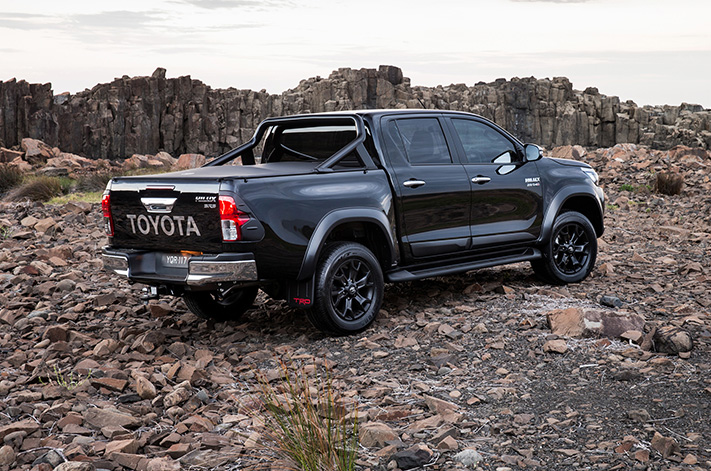
How do the big players stack up when it comes to towing?
Late last year, our friends at 4×4 Australia conducted payload and towing tests on seven of the best-selling automatic dual-cab utes in the country.
The exhaustive testing ranked the seven contenders of competence for towing the maximum weight and carrying a heavy payload in the tray. Here’s how they did:
- Ford Ranger
- Holden Colorado & Mazda BT-50 (tie)
- Toyota Hilux
- Isuzu D-Max (previous model) & Mitsubishi Triton (tie)
- Nissan Navara (previous model)
What can affect towing capacity?
Several factors played a role in how the utes were scored and what affected their respective towing abilities.
Suspension is something that has a vital role in keeping things under control. A significant weight – either towed behind or in the tray – is inevitably going to compress the rear suspension.
Leaf springs help minimise this effect – the Ranger’s rear suspension only dropped 60mm with 800kg in the tray, while the coil-sprung rear end of the Nissan Navara squatted by 100mm in the same test.
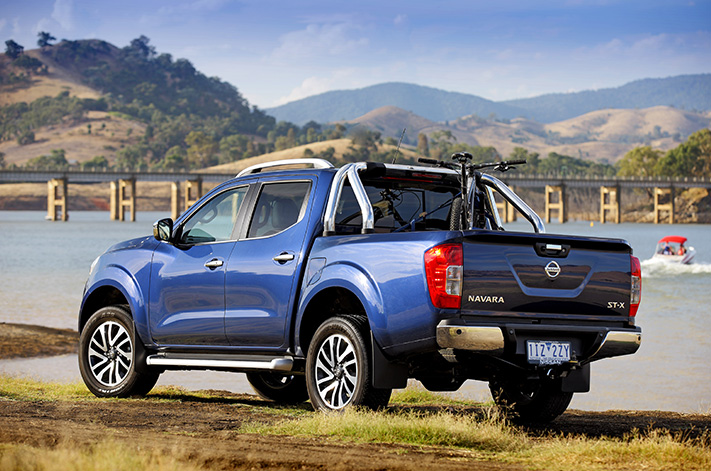
It is worth noting that Nissan has made some changes to the Navara since this test was conducted to address some of the issues it exemplified during these tests and that sub-dual cab versions are equipped with leaf spring rear ends.
The engine’s torque also plays a role here. As the turbo diesel engines commonly fitted to utes produce a lot of torque, it is possible to tow heavy loads low in the rev range.
| Ford Ranger vs Holden Colorado vs Mazda BT50: Which dual cab ute should I buy?
The more torque an engine produces, the less strained it will feel, with higher displacement or twin-turbocharged engines likely to excel here.
Transmissions also play an important part of the puzzle as it affects multiple elements of the towing process.
The gearing of the transmission is important for keeping the engine in its peak torque range when working hard but taller gearing is an advantage at freeway speeds.
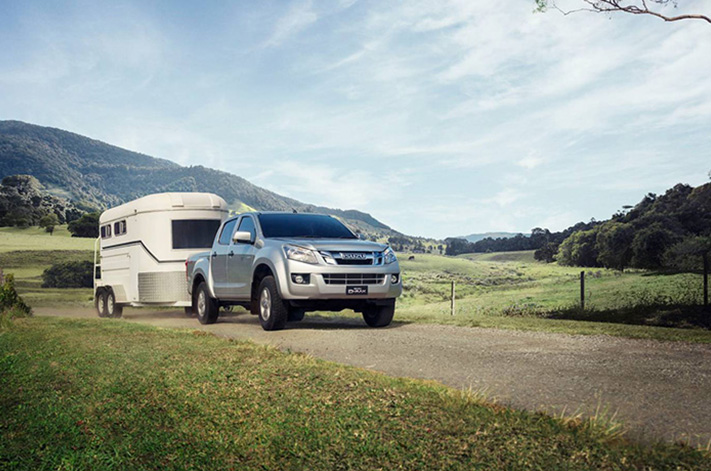
Selectable gears or shift locks are an advantage with automatic transmissions for preventing upshifts when more engine revs are required for towing on steep hills, for example.
Transmission choice can also affect the towing capacity of your ute in some instances. One of the utes 4×4 Australia tested, the Toyota Hilux, is rated for 3500kg with the standard manual gearbox, but this number drops to 3200kg with the optional auto.
What does this mean in the real world?
If you are one of the people who are rarely going to tow more than a box trailer behind your ute, the majority of this doesn’t really apply to you.
However, if you are likely to be towing something much heavier – a caravan or a car – and over longer distances, this is something that should be of paramount importance when considering which ute to buy.
A lot of it boils down to safety. Take the rear suspension issue for example – with the rear of the car bogged down by a heavy weight, this will lift the front up, which may reduce the contact the front wheels have with the road.

A sizeable weight in the back or on the tow ball can transfer weight away from the front axle may reduce the responsiveness of the steering, while also potentially making it feel vague.
As a heavy load behind you will increase the effect gravity has on a downhill stretch, an auto-equipped ute that will downshift for increased engine braking effect will make life much easier for you and the brakes.
However, brake system upgrades may still be a good idea depending on what you are towing and where.
You will also need to remember that towing a heavy load can affect your Gross Vehicle Mass (GVM).
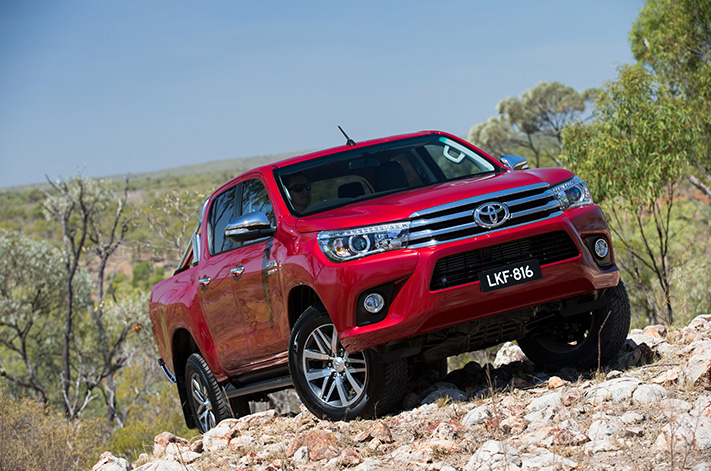
This number is how much the vehicle can weigh when fully loaded, which includes the weight of what you have in the tray, how many people are on board, and the weight of the vehicle itself, including any accessories.
In the case of almost all utes on the market, you will not be able to have it loaded to its GVM while towing it’s rated maximum at the same time.



